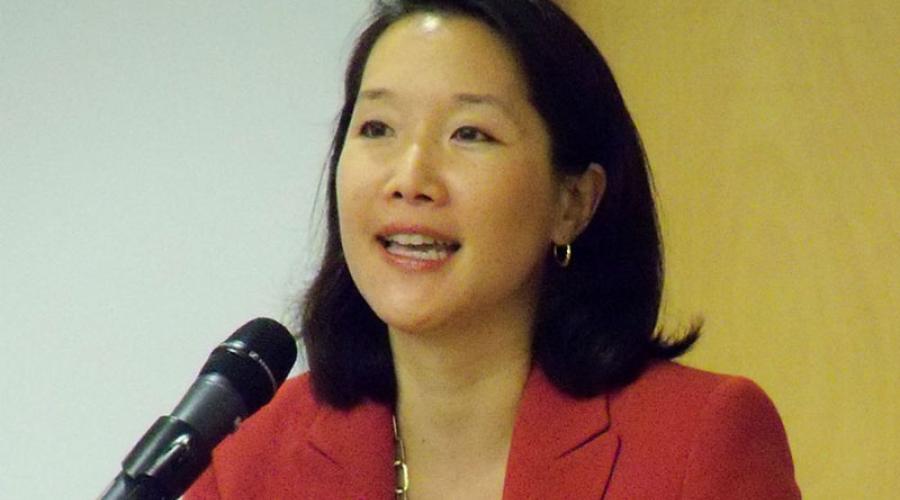
Diversity and Inclusion
Diversity and inclusion is a staple of the modern workplace. Equal opportunity messages are included within job postings, posters hang in lunch rooms describing legal rights and HR managers hold trainings.
But, how effective are these diversity and inclusion practices in terms of actually increasing diversity and inclusion in the workplace?
There are many anecdotes, but very little data, experts said at an interdisciplinary exchange hosted by ILR and Cornell’s Institute for Social Sciences and Center for the Study of Inequality.
“Many employers have implemented an array of organizational policies and practices aimed at reducing discrimination and increasing inclusion,” said ILR Professor Pam Tolbert, director of Graduate Studies and the Lois S. Gray Professor of Industrial and Labor Relations and the Social Sciences.
“But, surprisingly little evidence exists on the effectiveness of such practices or on the conditions that may moderate their impact.”
“It’s only been within the last decade that a small body of research has begun to develop within sociology and psychology on this topic,” Tolbert said.
Casting a floodlight on the topic, the “Increasing Inclusion/Reducing Discrimination: What Works?” symposium was held June 4 and 5 in ILR’s New York City Conference Center.
Esta Bigler, director of ILR’s Labor and Employment Law Program, said, “We wanted to put together an interdisciplinary conference to bring together members of three groups – social science scholars who study organizations and social inequality, human resource managers who implement diversity and inclusion practices, and lawyers who have crafted legally mandated organizational remedies in the wake of lawsuits.”
“Our goal was to provide a platform for a thoughtful exchange of views on the effectiveness of different organizational practices in ameliorating workplace bias and discrimination with these stakeholders.”
Keynote speaker Jenny R. Yang, chair of the U.S. Equal Employment Opportunity Commission, a governmental body that enforces federal laws prohibiting employment discrimination, including the protection of employees and job applicants, voiced her appreciation for the event.
"The ILR School has been on the cutting edge of many issues in the labor and employment field, and I’m so glad that they have brought all of you into the same room to explore these vital issues,” Yang said.
“Understanding what works to promote inclusion and reduce discrimination are some of the most important questions of our day. Where we can identify solutions that work to address some of our most difficult workplace challenges, we can better engage employers to invest in practices that will reduce bias and expand opportunities."
Yang, named chair of the employment commission by President Barack Obama on Sept. 1, received her bachelor degree from Cornell in Government. She received her law degree from New York University School of Law.
So, what works? Key takeaways from the discussion include:
- Managers are key in ensuring diversity and inclusion succeed in meeting organizational goals. Companies should engage with managers in constructing policies and programs because this is more likely to create buy-in.
- Mandatory training, one of the most common diversity management practices, can be ineffective or even a source of backlash. Making it voluntary may be a better idea for long-term buy-in from employees and managers.
- Having a mentor who is outside a person’s work group reduces negative relations with demographically dissimilar people who are part of the person’s network.
There was universal acceptance at the event that there is not a single solution to ensuring diversity and inclusion in the workplace, where companies spend millions of dollars on diversity and inclusion management consulting and programs, as well as on discrimination claims.
Research and experiences shared at the event, however, provide insights for future practices, organizers said.